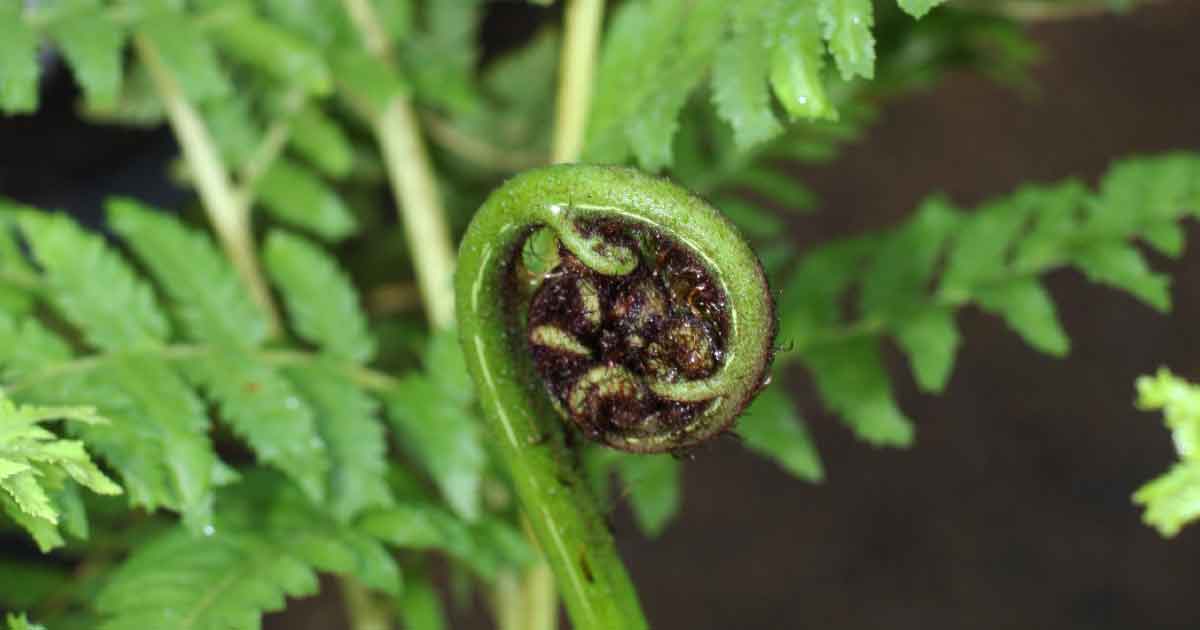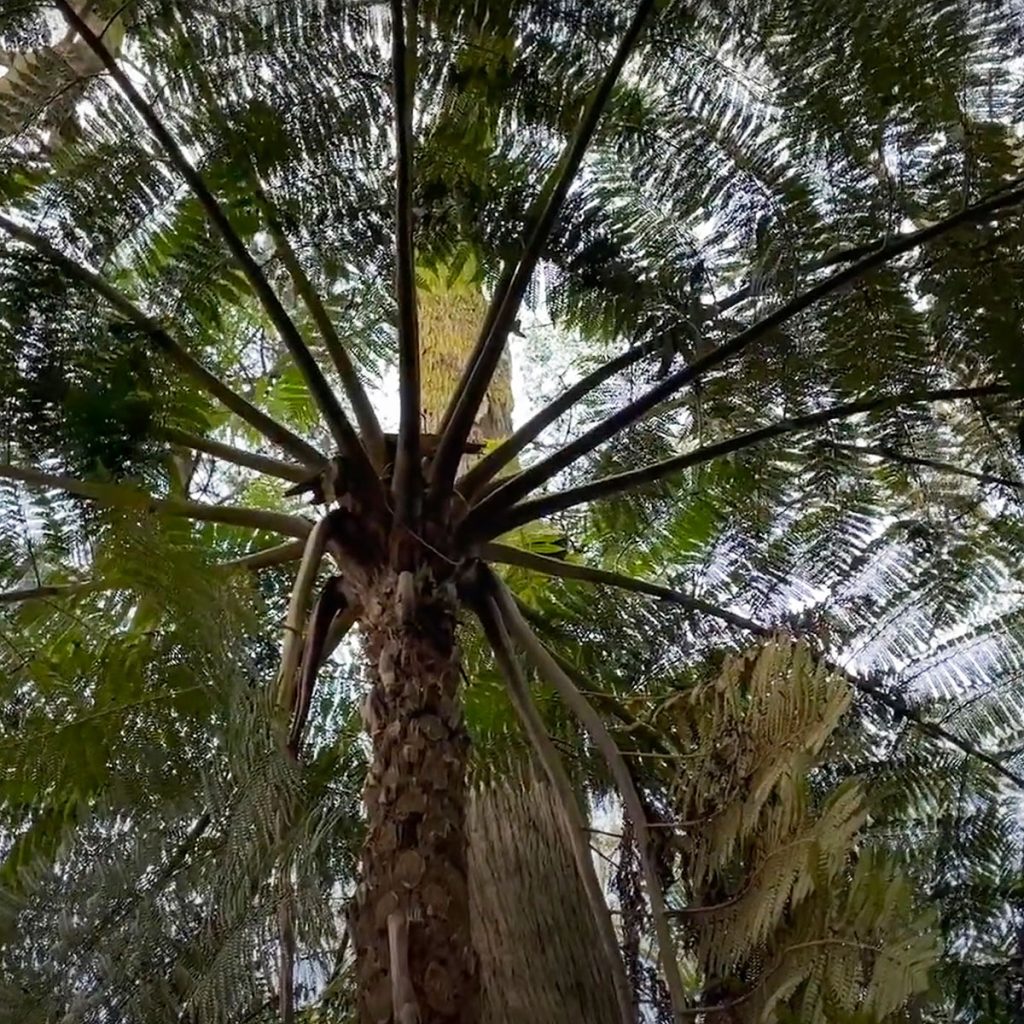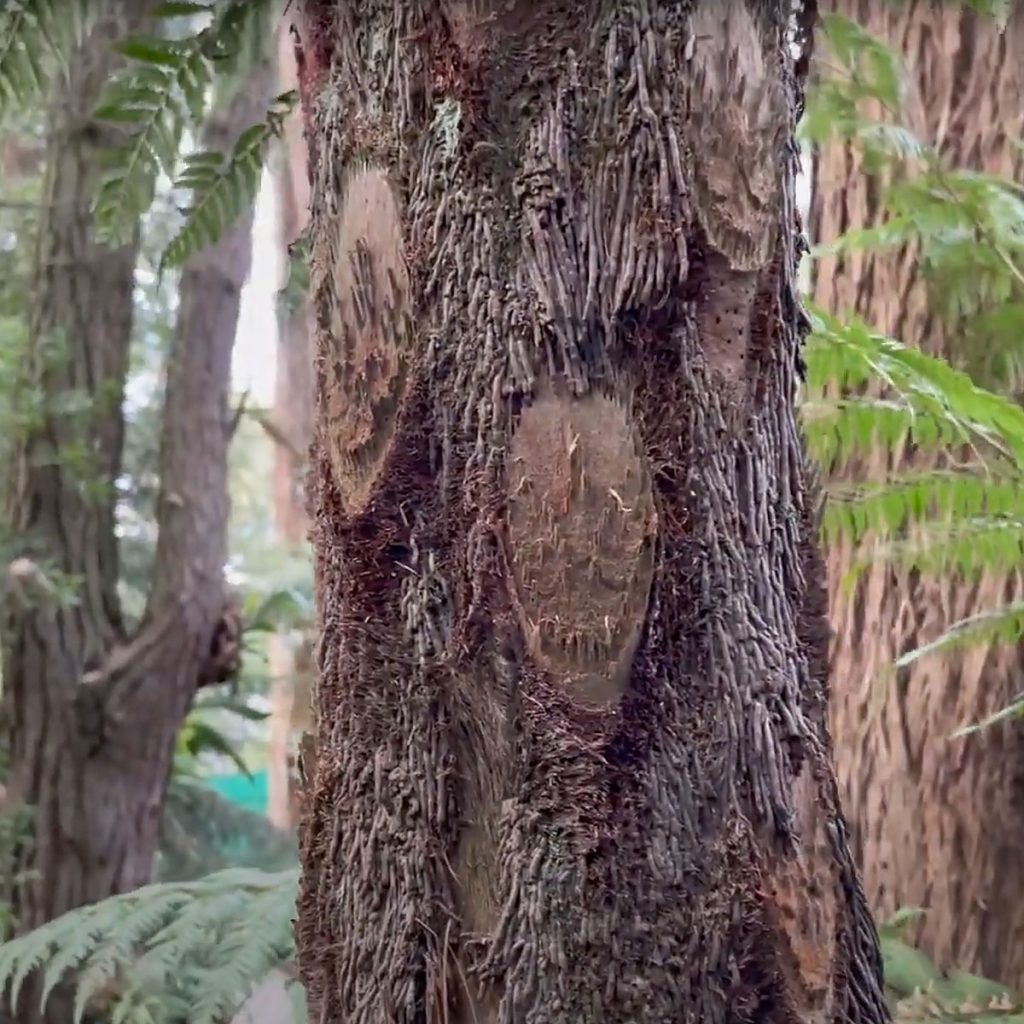
Cyathea cooperi
Cyathea cooperi is commonly called the Lacy Tree Fern, and is also known as the Australian Tree Fern. It has had a name change so the species is now correctly named Sphaeropteris cooperi so be aware. This is one of a number of Australian plants that are increasingly popular in the USA
The fronds of Cyathea cooperi are finer and more delicate that other Australian tree ferns so one of the common names ‘Lacy Tree Fern’ is also appropriate and it is also known as the ‘Man Fern’. This is a tall growing tree fern reaching 18ft (6m) in height and sometimes taller.
It also differs from C. australis in that it has a more slender trunk, again giving it a more graceful look. And Dicksonia antarctica with its soft trunk which is suited to cooler climates.

Although C.cooperi is naturally found in the warmer climate of New South Wales and Queensland it is well suited to many areas of California and will grow well in cooler climates however not in cold winter conditions.
Common Names
- Coin Spotted Tree Fern, as when the fronds break of with age, they leave rounded make on the trunk.
- Scaly tree fern as the spots can look like scales.
- Lacy Tree Fern as the foliage is fine and lace like.
- Coopers Tree Fern.
Two varieties besides the species are available
- Brentwood which has lighter green fronds
- Robusta which has darker fronds.
Looking for something smaller ? Try the Dwarf or Silver Lady Fern
How to Grow the Australian Tree Fern
This is a fast growing tree fern which makes it popular. It is naturally a shade loving plant so it does require a shaded position and moisture.
- Choose a frost free position with good soil and light shade.
- Prepare the soil well before planting by digging in compost and some aged cow or sheep manure.
- Plant at the same height the fern was in the container and provide some support in the form of a stake or guy ropes until the root system becomes established.
- Water in well and apply a good later of mulch. The mulch will help retain moisture as well as assist with root development.
- It is best not to plant beneath the tree fern with any plants that may compete with the root system.
- Regular applications of aged cow or sheep manure fertilisers will promote strong growth as well improve plant health.
- Renew the mulch every year, fertilize once a year, twice in areas with poor soil.
- Avoid heavy clay soils that can become water logged.

How to Water the Australian Tree Fern
- Best grown in light shade in a moist well drained soil.
- In any area that does not have natural moisture during summer, some form of watering will be required.
- A spray irrigation to both trunk and crown is the best method as drip irrigation to the crown can cause rot.
Temperature
- Although these plants come from sub tropical to warm temperate climates they will grow well in cool temperate climates.
- Heavy frosts and winter freezes are not suitable.
- Aim for a temperature range that fairly consistent.
Fertiliser
In good soil, little extra fertiliser will be needed. You can use a slow release fertizer (pelletised organic type) two or three times a year from spring through summer.
Always water well before fertilising, apply at the recommended rate and water again after fertilising.
Can you grow the Australian Tree Fern in Containers?
Yes, and this is a great solution in colder areas, In containers treat them the the same way as in the ground, simply bring them indoors before the first frosts, and when you take them outdoors slowly acclimatising them to more light.
Although you can grow Cyathea cooperi in pots as they get larger and form broad crowns, they become very heavy and difficult to move.
Watering needs to more regular in pots, and repotting will be required, again difficult as the plant matures.
You will find that on a partly enclosed patio, protected from frosts they will grow outdoors in cooler climates.
Overwintering The Australian tree Fern
Use a horticultural blanket or fleece to protect the fern from the cold during winter in those colder zones. Avoiding bubble wrapt is a plastic, it breaks down and is best avoided.
In USDA Zones 9-11 you can grow these wonderful ferns outdoors. In cooler zones, grow them in containers and bring them indoors before the frost begin OR try a horticultural fleece.
Other Tree Ferns
Cyathea cooperi differs from Cyathea australis in that the trunk is much more slender. C. australis will also grow over a larger climate range.
Propagation
Only from spores, the Australian Tree Fern does send out offsets.
Summary information
- Botanical Name : Cyathea cooperi (syn. Sphaeropteris cooperi)
- Common Name : Australian Tree Fern, Coin Spot Fern. Scaly Tree Fern, Man Fern.
- Height : To 18ft (6m)
- Spread : To 12 ft(4m) at crown
- Position : Part shade
- Soil : Humus rich well drained and moist.
- USDA Zones : 11 – 12
- Temperature Range 40°- 50°F (4°- 10°C) 20-25° F
- Frost Tolerant : No

